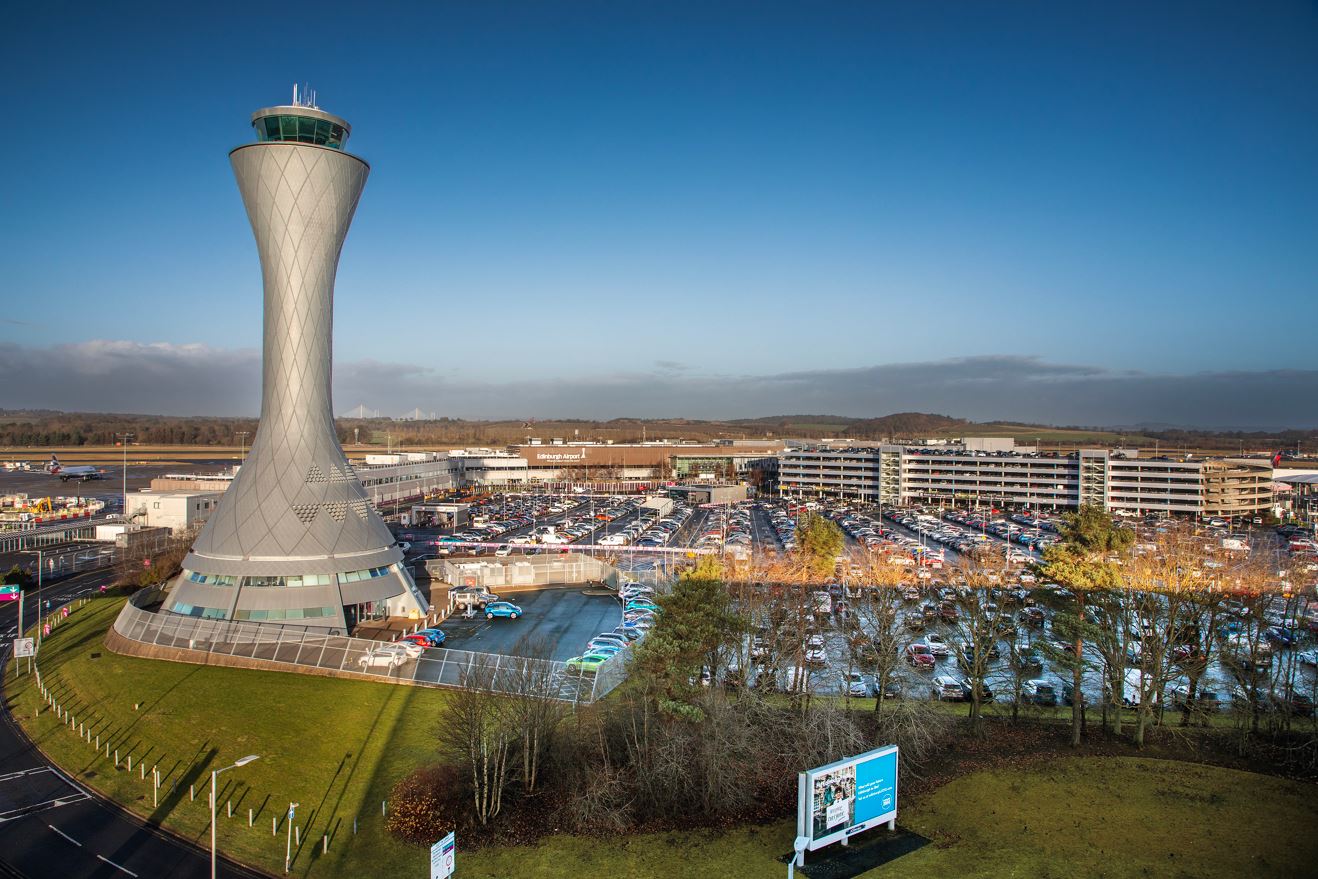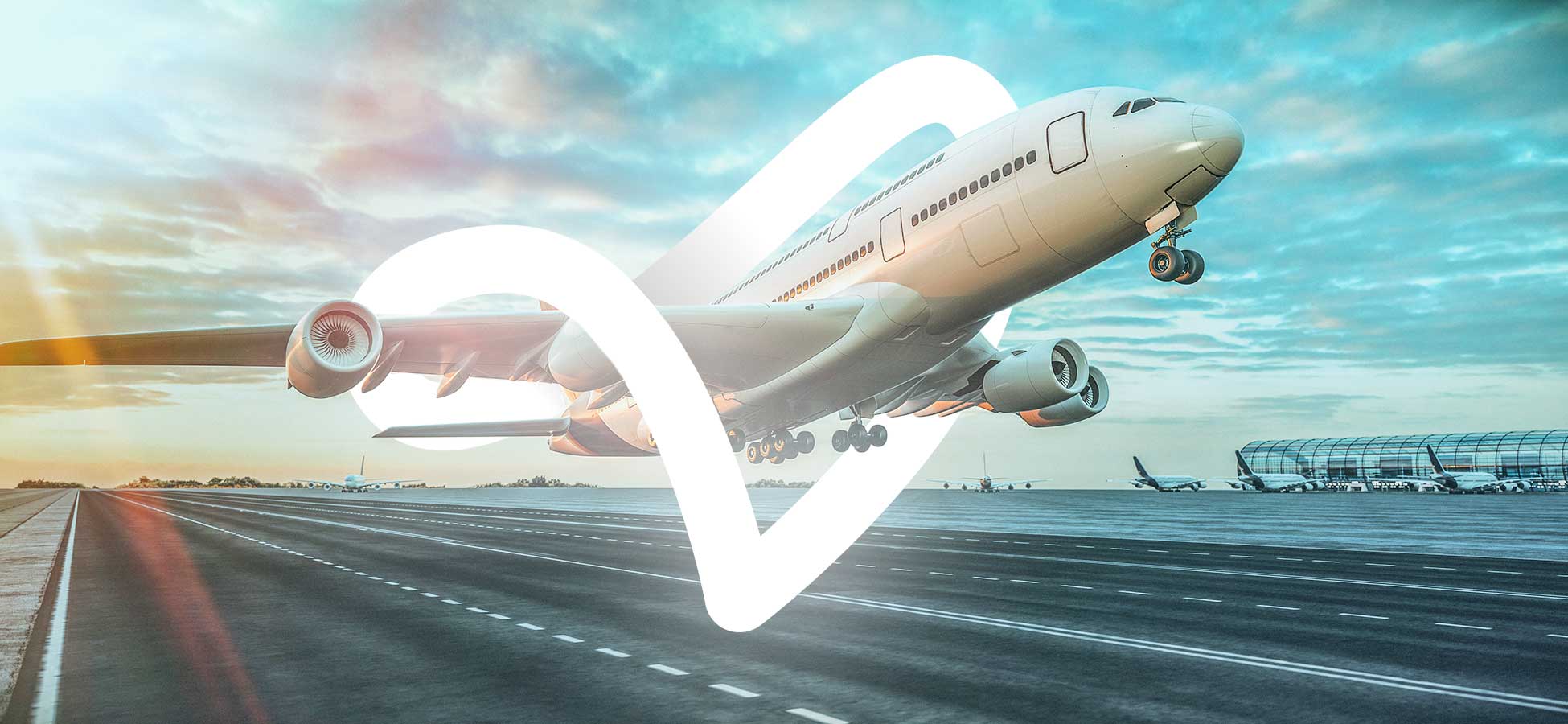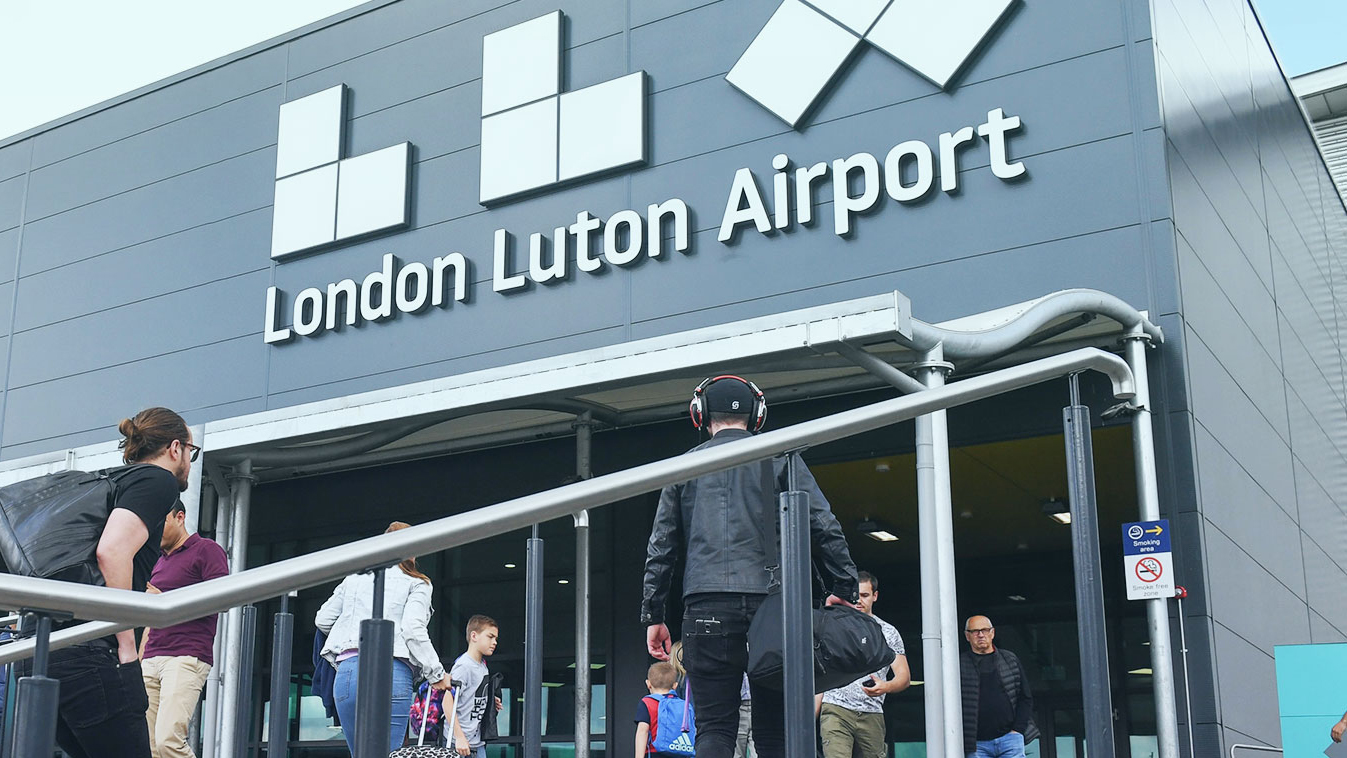Flexible pricing is the way of the future, says ACI – and Veovo
Airport charges, a much-debated topic between airport and airline industry bodies, have again come to the forefront as the industry rebuilds from the upheaval of the last few years.
Airport Council International (ACI) strongly advocates the shift from heavy-handed regulation, arguing that cost-based pricing should be supplemented by responding to market signals and the competitive landscape. In other words, charges that reflect passenger and airline needs while also addressing environmental impacts, such as noise and pollution. And we agree.
As a company that supports airports globally with operations and revenue management, we’ve seen first-hand the issues that can arise from a strictly cost-recovery-based approach. One of the key problems is that it does not reflect recent significant changes in the industry, such as the commercialisation and privatisation of airlines and airports, new customer segments, and the resulting need for varied airport services.
While the airport body continues to push for a modern policy framework on charges, there’s still plenty that operators can do today to get more from their aeronautical pricing and revenue management practices. And many already are.
Here are some examples of airports already reaping the benefits of creative pricing and incentives as a lever to improve their competitiveness, encourage more efficient use of capacity and reduce environmental impacts.
Incentivising for growth performance
As operators focus on airport traffic growth, they must find new ways to attract carriers. The primary way airports can do this is by innovating aeronautical charges with new schemes and differentiated tariff structures. Some standouts in tariff creativity include:
- Dublin Airport. Following the global financial crisis, Dublin’s operator DAA created a selection of long and short-haul growth incentives to revive traffic and build a healthy transatlantic network. The schemes provided rebates based on overall traffic and transfer passenger growth and additional capacity on existing routes or new route growth. By 2018, Dublin was one of the fastest-growing airports in Europe; connectivity had increased by 59%, carrier numbers had doubled, and passenger numbers had increased by 45% to over 31 million.
- Brisbane Airport. One of the fastest growing in Australia in the last decade, BNE leaned heavily on aero charge rebates and discounts to pursue Asian low-cost carriers. Within three years, its pre-pandemic Asian seat capacity expanded by more than 40%, and the number of airline partners more than doubled.
Differentiating for services
Increasingly, infrastructure charges are being separated from terminal charges to allow airports to offer a range of services such as buses, airbridges, electricity or preconditioned air to attract both full-service and low-cost airlines. For instance:
- Hong Kong Airport. The world’s eighth busiest airport consolidated its multiple billing systems onto one platform. This allows them to deliver granular charging such as hand baggage limitations, parking utilities and overnight charging discounts.
Powering capacity optimisation
Beyond short to medium-term recovery, likely to be centred on peak periods, airports must also ensure they can adapt to maximise the use of their current infrastructure. One way is by using behavioural incentive schemes. For example:
- Dublin Airport. As a result of the rapid growth outlined above, operator DAA was experiencing bottlenecks at peak times. The charge structures were then keyed to encourage airlines to free up capacity in congested facilities, such as with discounts weighted on the significance of the capacity released. Other programs include significant runway charge discounts for long-haul morning arrivals using a remote stand and surcharges and incremental time-based charge increases for long stayers or delayed stand departures.
- Keflavik Airport. The airport operator Isavia frequently uses incentive schemes to smooth peaks and relieve congestion, both during the day and across winter/ summer.
Encouraging more sustainability
Many airports are now encouraging airline customers to use new, quieter, and more environmentally friendly aircraft by adjusting charges to airlines based on environmental criteria. A study commissioned by the European Commission found that although 61% of European airports have already applied some charging levels for noise, currently, only 20% do so for emissions.
- Swedavia. Swedish airport operator Swedavia is introducing a CO2 and NOx emission charge, following a government requirement to differentiate airport charges for environmental purposes. Aircraft which emit more than average pay a penalty which finances a bonus for cleaner aircraft, with an overall airport revenue-neutral effect.
- London Luton. Luton Airport has some of the most stringent noise control measures of any UK airport, building noise levels into its fees to dissuade carriers from using older, noisier aircraft.
A revenue management reset
Mastering the complex art of charge management within a regulatory cost framework – and invoicing accurately – isn’t always easy.
Some airports can fall into the black box trap – when commercial teams don’t have full visibility into the impact of their schemes nor understand the back-office billing consequences.
For others, it’s the slow-to-cash malaise. Invoicing is delayed due to high-touch billing data preparation needs. Unbilled charges pile up through a lack of integrated operational data or overcomplex billing data preparation. Inaccurately applied discounts, particularly where multiple schemes are in play, or multiple threshold criteria are required, lead to high adjustments and credits.
To make sure that they can get the most from pricing signals and optimise their financial outcomes, airport operators need to ask themselves:
- Does our commercial team have a clear picture of projected revenue and any operational impact of changes to the charge regime?
- Are the native capabilities of aeronautical billing systems transparent enough that commercial teams can draw up winning schemes that are easy to implement in-house? Are there out-of-the-box capabilities to support standardised emissions-based charging, for example?
- How much of the billing cycle can we automate to streamline the movement to the cash cycle and accelerate time to revenue?
Sharpening focus on flexibility and responsiveness
Airports that are the most flexible in using price signals are in the strongest position to encourage emissions reduction, optimise capacity and grow traffic. They are also the most able to quickly adapt if regulation, commercial priorities or market dynamics change.
Veovo fully supports ACI’s call to reconsider the use of strictly cost-based airport charges and heavy-handed regulation. In the meantime, airports must act quickly and decisively now. Where airports can pull levers to support their commercial and infrastructure needs, specialised aeronautical revenue tools can help airports inject flexibility into pricing models while remaining within regulatory boundaries.



